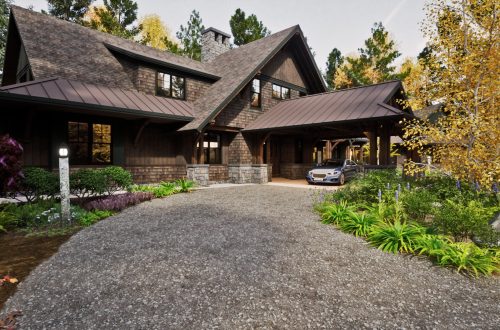Maine, with its rugged coastline, picturesque harbors, and charming seaside villages, has long been a muse for architects seeking to capture the essence of coastal living. The architectural allure of architects in Maine coastal regions lies not only in the stunning natural landscapes but also in the seamless integration of design with the environment. From historic lighthouses to modern beachfront retreats, the state’s coastal architecture reflects a timeless charm that continues to captivate residents and visitors alike.
Historical Roots:
To truly appreciate the architectural charm of Maine’s coastal regions, one must delve into its rich history. The state’s maritime heritage has greatly influenced its architectural evolution. Iconic structures like Portland Head Light, commissioned by President George Washington in 1787, stand as testaments to the enduring legacy of Maine’s coastal architecture. These structures, often characterized by their shingled facades and nautical motifs, set the tone for a distinctive coastal aesthetic that endures to this day.
Shingle Style Splendor:
The Shingle Style, a uniquely American architectural movement that gained prominence in the late 19th century, found a perfect canvas in Maine’s coastal landscape. Characterized by its use of shingles, asymmetrical facades, and broad porches, this style seamlessly blends with the natural surroundings. Architects like John Calvin Stevens and William Ralph Emerson played pivotal roles in popularizing the Shingle Style in Maine, leaving behind a legacy of timeless seaside estates and summer cottages.
Modern Interpretations:
While historic charm remains a cornerstone of Maine’s coastal architecture, contemporary architects continue to push boundaries with innovative designs that respect the natural environment. Modern coastal homes often feature expansive glass walls, allowing residents to enjoy panoramic views of the ocean and rugged coastline. Sustainable materials, energy-efficient designs, and a commitment to preserving the natural beauty of the surroundings have become integral aspects of contemporary coastal architecture in Maine.
Lighthouses as Beacons of Design:
Maine’s coastline is dotted with iconic lighthouses, each telling a story of maritime history and serving as beacons for sailors. These structures, ranging from the classic Cape Neddick Light to the rugged Pemaquid Point Light, not only contribute to the coastal charm but also inspire architectural creativity. Some homeowners draw inspiration from lighthouse design elements, incorporating elements like tower-like structures and weathered finishes into their own residences.
Seaside Villages and Quaint Retreats:
The coastal allure of Maine extends beyond individual homes to encompass entire seaside villages. Towns like Camden and Bar Harbor boast a charming mix of colonial, Victorian, and maritime-inspired architecture. Quaint bed-and-breakfasts, seaside inns, and boutique hotels contribute to the region’s architectural diversity, offering visitors an immersive experience in the coastal charm that defines Maine.
Conclusion:
Maine’s architectural allure along its coastline is a harmonious blend of history, natural beauty, and a commitment to preserving the essence of coastal living. From the classic Shingle Style homes that echo the past to the innovative designs that embrace the future, the state’s architectural landscape is a testament to the enduring charisma of its coastal regions.





